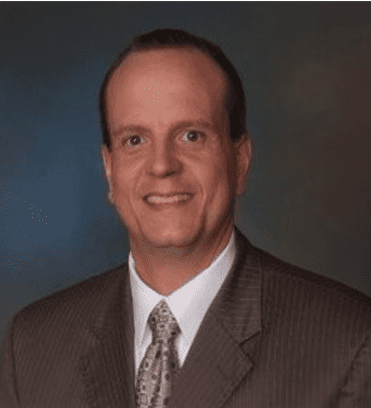
By: Chuck Scherer
Catastrophe bonds, also known as cat bonds, are a crucial component of the insurance industry's risk management toolkit. Typically, these bonds provide insurance companies with financial protection against large-scale natural disasters, such as hurricanes, earthquakes, or floods. As the market has matured new risks are being covered and more complex structures arranged.

The proper servicing of catastrophe bonds is paramount to ensuring their effectiveness in mitigating risk and protecting both insurers and investors. There are several key points to emphasize regarding the importance of proper servicing:
Catastrophe bonds operate as a form of risk transfer mechanism. When an insurer issues a cat bond, they transfer a portion of their risk associated with catastrophic events to investors. In return, investors receive periodic coupon payments and the principal amount unless a predefined catastrophe event occurs. Proper servicing ensures that the terms and conditions of these bonds are accurately defined and implemented to facilitate smooth risk transfer.
Investors play a crucial role in the cat bond market. They provide the capital necessary for insurers to hedge against catastrophic risks. Proper servicing, including transparent reporting and adherence to contractual obligations, enhances investor confidence. It assures investors that their investments are being managed diligently, thereby attracting more capital into the market and ultimately lowering the cost of insurance coverage for policyholders.
In the event of a covered catastrophe, it's essential that the servicing of cat bonds facilitates timely payouts to affected parties. These payouts enable insurers to fulfill their obligations to policyholders promptly, aiding in the recovery and rebuilding process. Efficient servicing ensures that the claims process is streamlined and that funds are disbursed according to the terms outlined in the bond agreements.
Proper servicing involves continuous monitoring and evaluation of the underlying risks associated with catastrophe events. This includes assessing changes in exposure, modeling potential losses, and ensuring that the bond's parameters remain aligned with the insurer's risk profile. By staying vigilant and proactive in risk management, insurers can make informed decisions regarding their reinsurance strategies and capital requirements.
The cat bond market operates within a regulatory framework that governs various aspects, including disclosure requirements, accounting standards, and legal considerations. Proper servicing involves adherence to these regulations to maintain compliance and uphold market integrity. This includes accurate financial reporting, adherence to regulatory filings, and compliance with legal agreements, all of which contribute to the stability and credibility of the cat bond market.
Effective servicing of catastrophe bonds enhances an insurance manager's reputation within the industry. By demonstrating expertise in risk management, transparency in operations, and commitment to investor interests, insurance managers can build trust and credibility, attracting more opportunities for collaboration and expansion. Moreover, a strong track record in servicing cat bonds contributes to the long-term viability of insurers by bolstering their resilience to catastrophic events and enhancing their overall financial stability.
In conclusion, the proper servicing of catastrophe bonds by insurance managers is critical for ensuring the effectiveness, reliability, and sustainability of these risk transfer instruments. By prioritizing transparency, diligence, and adherence to best practices, insurance managers can strengthen investor confidence, facilitate timely payouts, mitigate risks, and uphold regulatory compliance, ultimately contributing to the resilience of the insurance industry in the face of catastrophic events.
_____________________________________________________________________________________________________________
As the SVP of ILS at SRS, Chuck is responsible for the formation, on-going management, and the winding down of catastrophe bonds and collateralized reinsurance vehicles. This includes oversight of all regulatory, financial, and investor related deliverables and responsibilities. Chuck has been actively involved with ILS since 2006 in a number of leadership roles. For more information or any questions please contact Chuck at charles.scherer@strategicrisks.com.